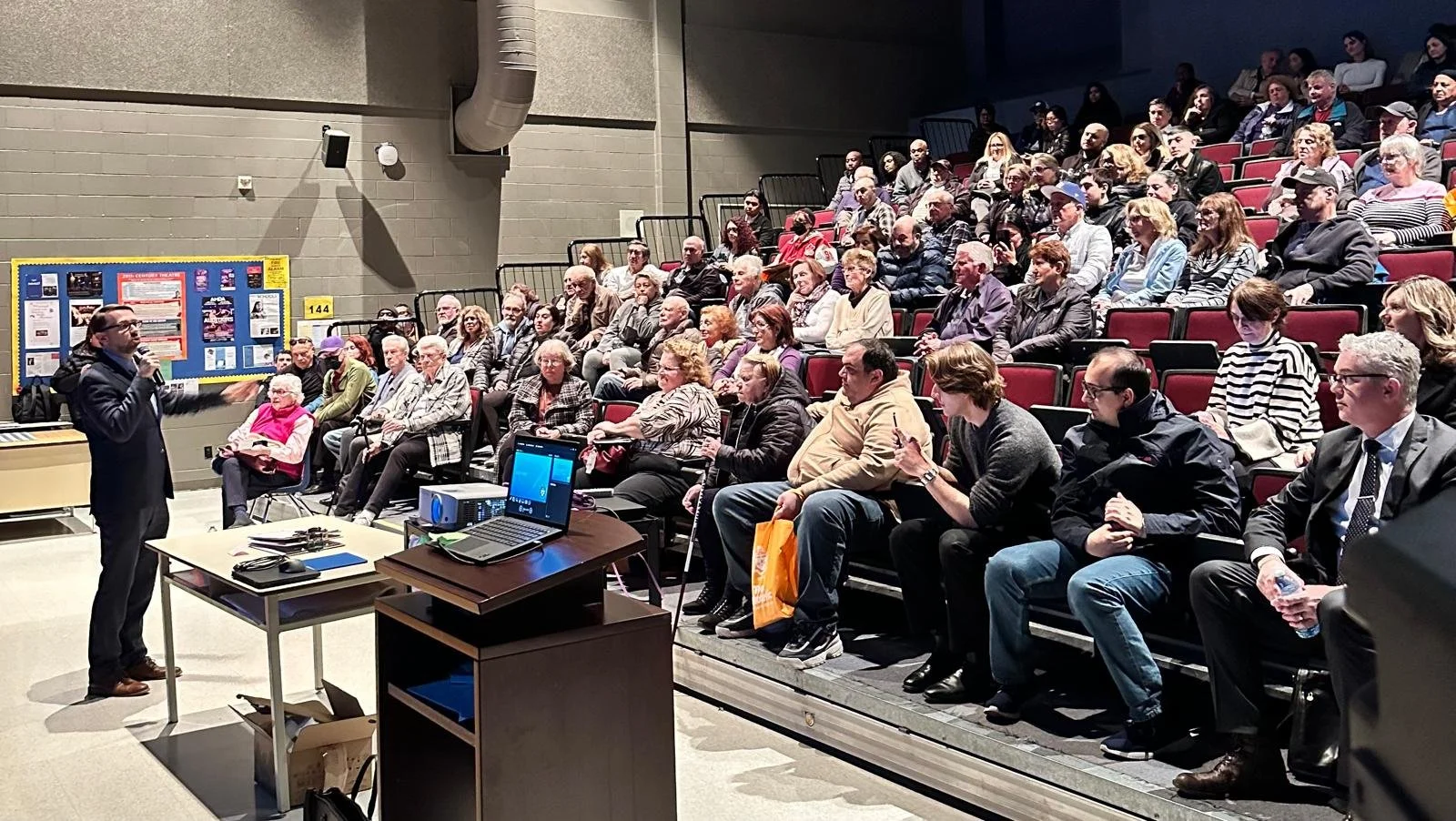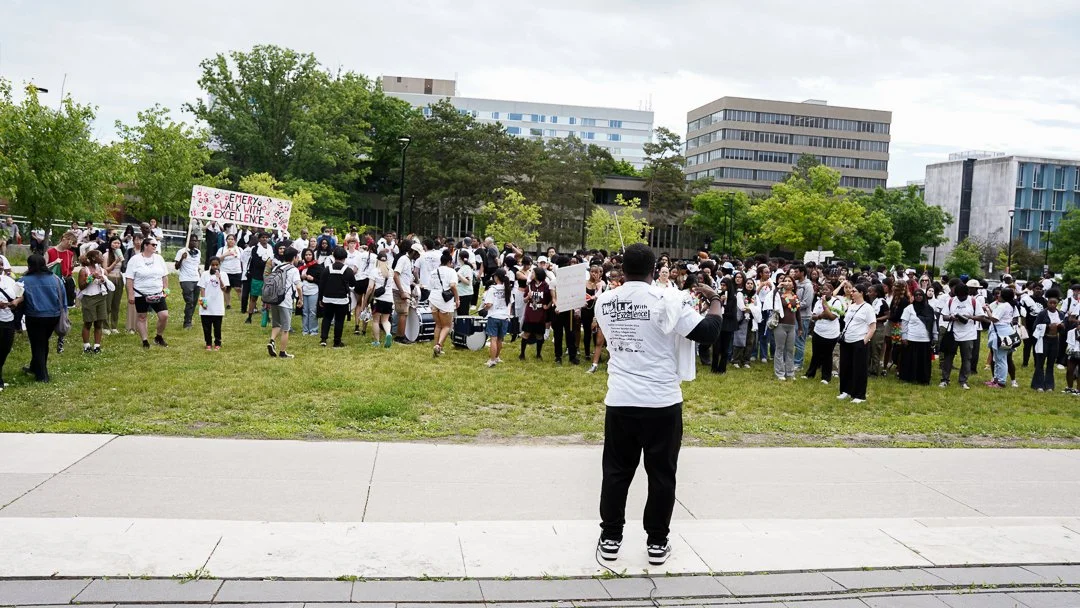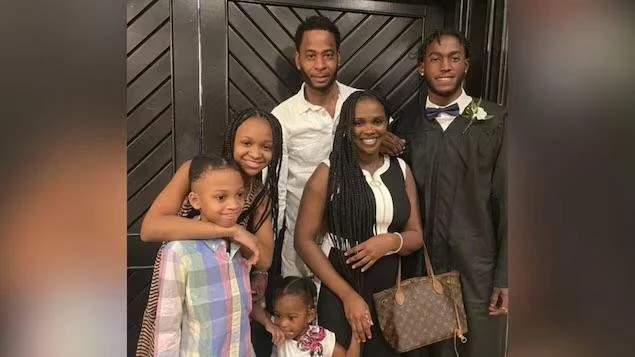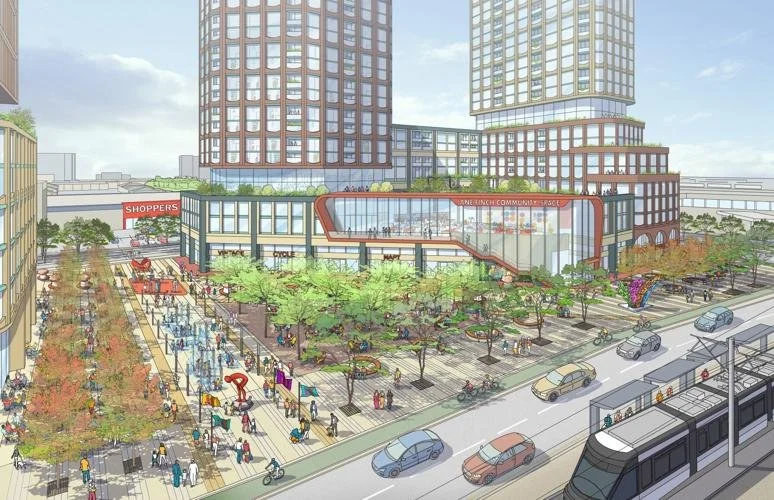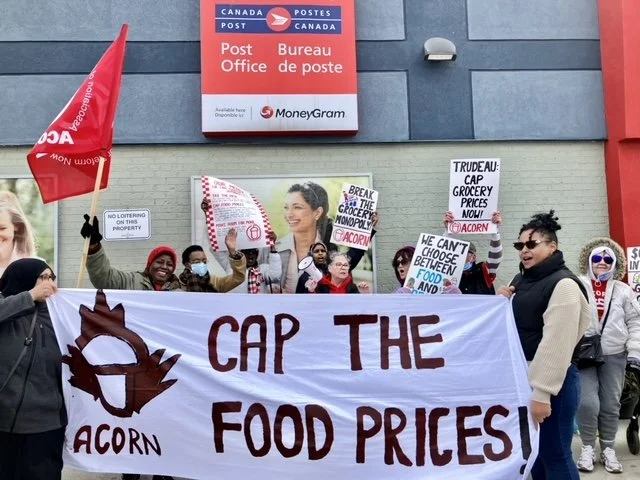BY: David Mejia Monico, Urban Planner and Freelance Planning Consultant
The Jane and Finch Secondary Plan is nearing completion and is slated for final consideration at the Etobicoke-York Community Council. The Secondary Plan includes a set of goals, creates smaller districts of developments, policies and land use maps that break down how development should evolve in the area; this plan will be added to the City of Toronto’s Official Plan, which is the main planning document utilized by Municipalities when developing and growing. The Secondary Plan forms a key part of the Planning Framework that is the ‘Jane and Finch Initiative’ (“JFI”), along with the companion document, the Community Development Plan 2024-2034 (the “CDP”), adopted by the Economic and Community Development Committee on February 20, 2024, and will be considered for adoption by City Council on March 20-22, 2024.
Secondary plans serve as essential tools for City Planning Staff to comprehensively evaluate and direct development in strategically important and rapidly growing areas of the City. The Jane and Finch neighbourhood has seen increasing development interest, exemplified by projects such as the new Yorkwoods Condos at 2839 Jane St (Under Construction) and the planned redevelopment of Jane and Finch Mall by Bray-Jay Investments Ltd., the current Mall Owners.
The Secondary Plan was considered at the Community Council meeting on February 26, 2024, and was deferred through a motion moved by the local Councillor, Anthony Perruzza. City Staff were directed to do further public consultation and review the maximizing of economic opportunities within the entire Secondary Plan area (and the potential business/institution cluster near Finch Avenue West and Norfinch/Oakdale Road), and review building heights, existing and employment projections relative to residential growth, and the policy recommendations.
The Jane and Finch Initiative began when Toronto City Council directed City Staff to undertake the planning exercise on June 29, 2020, in response to anticipated growth and transit investment brought about by the development of the Finch West LRT project.
Throughout the Jane and Finch Initiative planning process, City Staff have assessed community dynamics and various area-specific requirements through public consultations, engagement exercises, and by utilizing planning documents. The Secondary Plan document and the Community Development Plan provide policy recommendations to guide development in response to growth-related challenges and opportunities by engaging with the Jane and Finch Community, understanding the environmental context and analyzing background information.
One of the main outcomes of the Community Engagement process by JFI showed that residents were concerned with the supply of affordable housing and made it a point that displacement needed to be mitigated. Many long-time residents were concerned that the new improvements would be there to improve the lives of new residents while leaving them behind or pushing them out. The theme of continued deep engagement became apparent in the process, and that there was a need to establish governance structures that engaged with the community in a meaningful way when making decisions.
The first goal stated within the Secondary Plan highlights the need to ‘minimize displacement through supporting existing residents and businesses. Other goals noted in the Plan also include the need to prioritize affordable housing, improve community facilities, expand the public realm through new parks and spaces, build functional ‘complete streets,’ protect the natural heritage that is Black Creek, design new buildings in a way that supports livability, support non-residential economic development, develop the Jane and Finch Community Hub and Centre for the Arts, honour the community’s indigenous and multicultural history, encourage sustainable development, and more.
The plan outlines the main goals of the policies which include a wide variety of interests and aspects of development. Many of the goals are meant to protect, conserve, develop and prioritize long-time residents, affordable housing, public space, the new Community Hub, the environment and sustainable building practices.
Many of the references to Anti-displacement measures within the Secondary Plan fall under Policy Section 9 Community Development and Section 9.1 General Policies, where it passes much of the policy efforts regarding displacement to the Community Development Plan. The Secondary Plan has nine (9) references to the term “displacement” despite being its first listed goal. Although the Secondary Plan does emphasize the importance of the CDP, as Policy Section 9.1.1 states, the CDP will “inform development review and the allocation of funding to support implementation of the vision, goals and policies of this Secondary Plan”.
The concrete policies included in the plan to minimize displacement are somewhat limited and instead focus on empowering the authority of the Community Development Plan. One of the solid policies of the Secondary Plan aimed at improving the significance of the CDP is Policy 9.1.1, which requires City Staff to utilize the CDP when evaluating new development applications and funding opportunities for the area.
The Secondary plan does have some notable policies related to displacement, for example, Policy Section 9.2.2., which requires applicants through the Site Plan Control process or a Planning Rationale, to demonstrate how their proposed development addresses the Jane-Finch Community Development Plan (once adopted by City Council) and its anti-displacement strategy, and Policy Section 9.2 Growing in Place, which encourages engagement with communities early on to expand affordable housing stock using policy and program tools, and maintaining a diverse community of “income levels, ethno-racial and cultural backgrounds, and family types”.
Some of the most significant sections in the Secondary Plan related to displacement and community engagement are 9.2.2, which requires significant Development Projects to address where the project falls within the goals and policies of the CDP.
The next Community Council meeting will be held on April 8, 2024, and it is the expected date for the Secondary Plan to be considered before going to City Council for final approval. The Jane Finch Community Development Plan will be considered for final approval at the City of Toronto Council meeting scheduled for March 20-22, 2024.
For further information regarding the Jane and Finch Initiative, Secondary Plan and Community Development Plan 2024-2034, you can visit:
https://www.toronto.ca/city-government/planning-development/planning-studies-initiatives/jane-finch-initiative/

